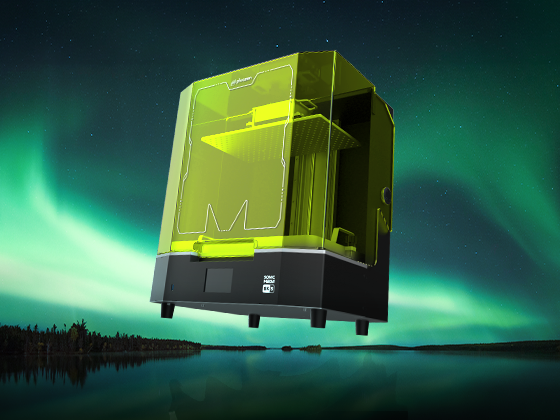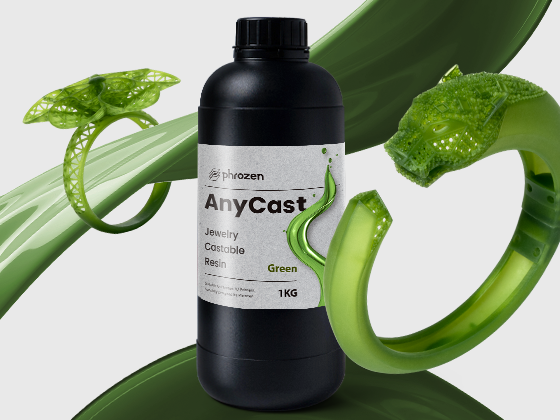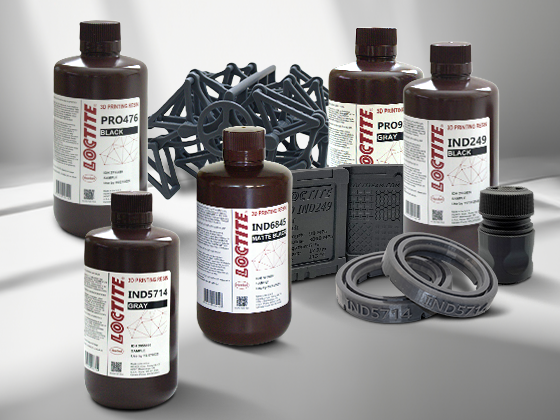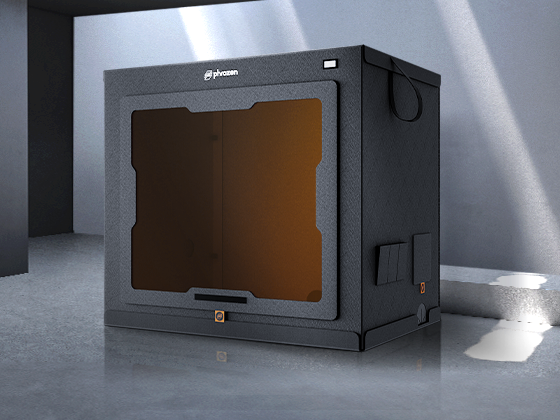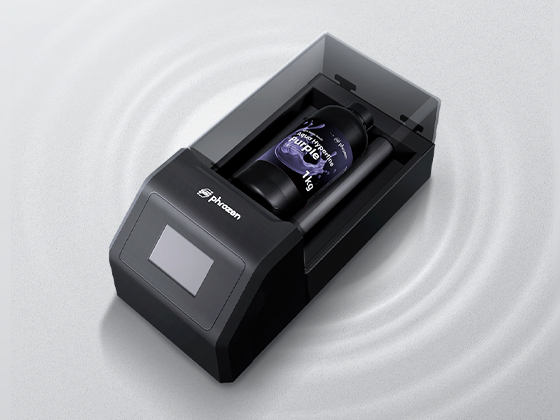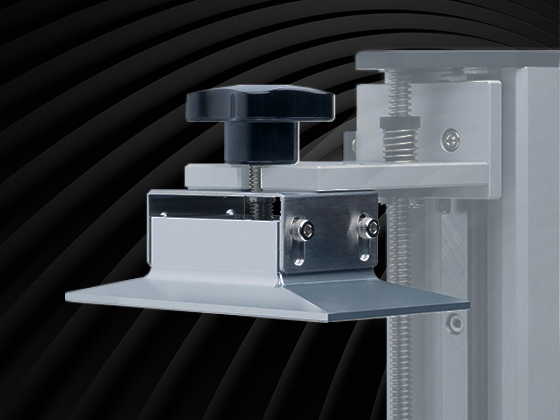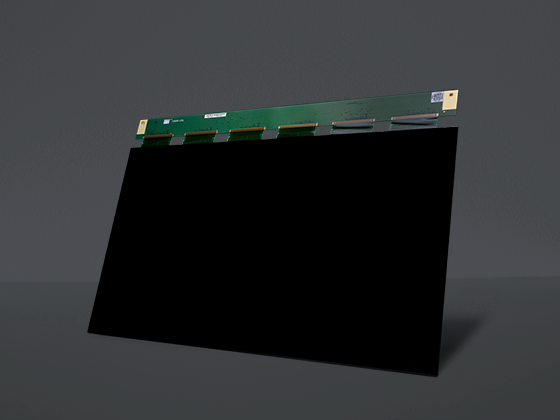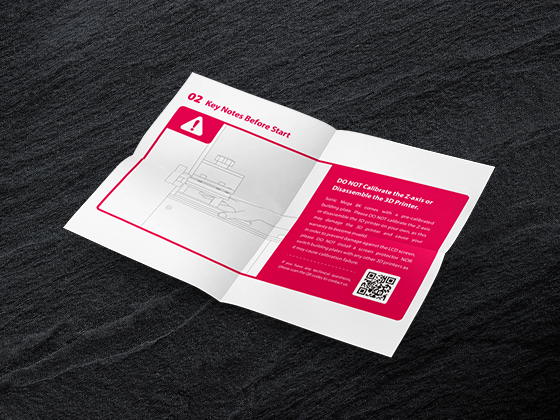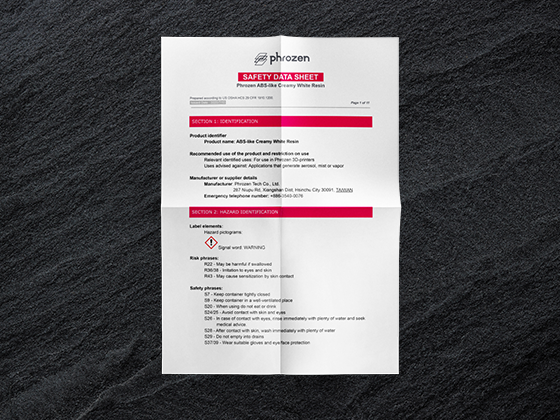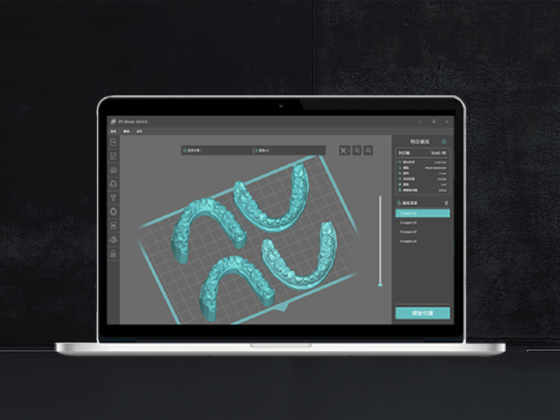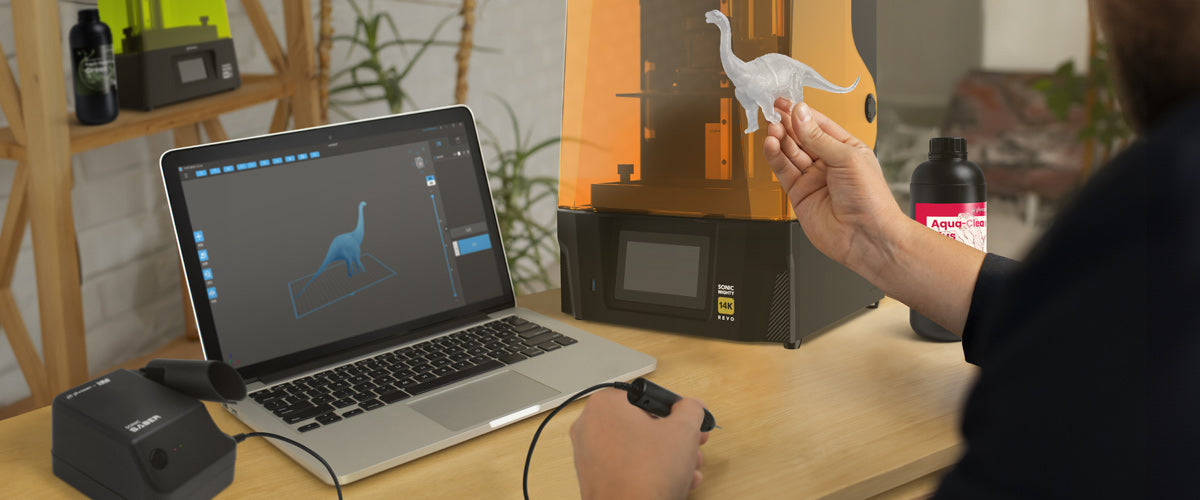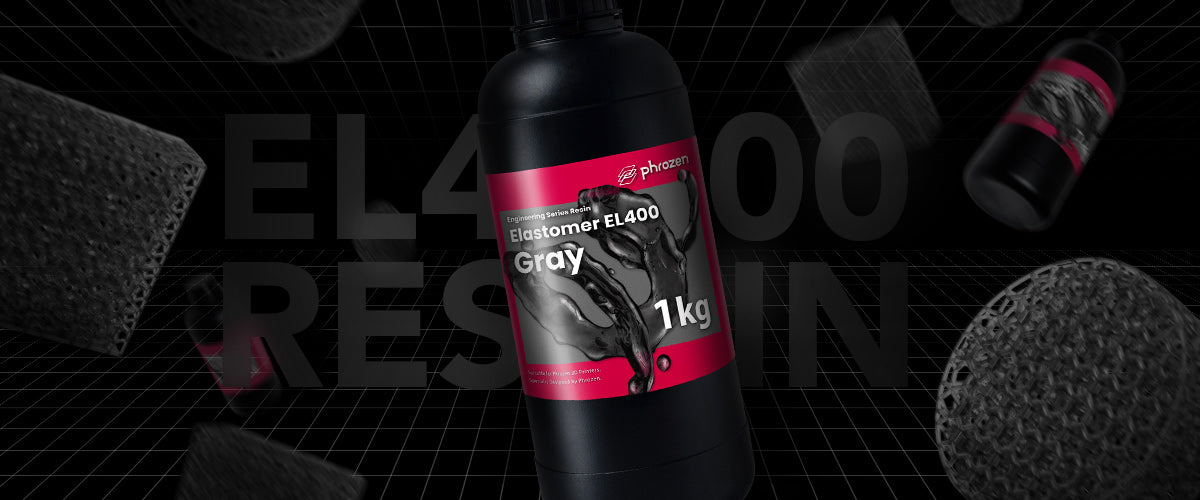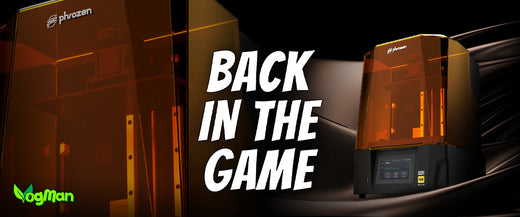Are you overwhelmed by the vast array of 3D printers on the market? Choosing the right 3D printer can be daunting, especially with so many options available.
The solution lies in understanding your needs and the key features of different 3D printers. This 3D printer buying guide will help you make an informed decision, ensuring you find the perfect 3D printer for your projects.
Understanding Your Needs
Why Do You Want a 3D Printer?
Before diving into the technical details, consider why you want a 3D printer:
Are you a hobbyist looking to create fun projects?
Do you need a printer for professional use, such as creating prototypes or replacement parts?
Your purpose will greatly influence the type of printer you should buy.
For example, hobbyists might prioritize cost and ease of use, while professionals might focus on print quality and material compatibility. Schools and educational institutions might look for durable printers that can withstand frequent use by students.
Clearly defining your primary use cases will help narrow down your options and is a crucial step in any 3D printing buying guide.
What Do You Plan to Print?
The objects you plan to create will determine the printer's specifications. For instance:
- Decorations and Figures: Opt for high-resolution printers that offer fine detail. These prints require less post-processing and are perfect for displaying intricate designs.
- Functional Parts: Choose a printer with strong material compatibility and durability. Look for printers that can handle materials like ABS or nylon, which offer better strength and heat resistance.
- Prototypes: Look for printers that balance speed and quality. Rapid prototyping often requires quick turnaround times, so consider a printer with faster print speeds and reliable accuracy.
Understanding these aspects will guide you on how to choose a 3D printer that meets your specific needs.
Types of 3D Printers
FDM Printers
Fused Deposition Modeling (FDM) printers like the Phrozen Arco are popular for their affordability and ease of use. They work by melting plastic filaments and layering them to create objects.
Advantages:- Cost-Effective: Ideal for beginners and budget-conscious users. FDM printers are generally less expensive than resin printers and offer a wide range of price points.
- Wide Material Selection: PLA, ABS, PETG, and more. This versatility allows users to choose materials based on the properties needed for their projects.
- Easy to Use: User-friendly for newcomers. Many FDM printers come with features like automated bed leveling and intuitive interfaces.
- Surface Finish: Requires post-processing for a smooth finish. The layer lines in FDM prints are often visible, necessitating sanding or other finishing techniques.
- Detail Level: Less precise compared to resin printers. While great for larger objects, FDM printers may struggle with fine details and intricate designs.
For those looking for a powerful and versatile FDM printer, the Phrozen Arco is an excellent choice. It offers a large printing volume, multicolor printing capabilities, and fast speeds, making it suitable for both beginners and experienced users. This printer exemplifies what makes a good 3D printer.
Resin Printers
Resin printers use a light source to cure liquid resin, producing highly detailed prints.
Advantages:- High Detail: Perfect for intricate designs and small parts. Resin printers are capable of achieving finer details than FDM printers.
- Smooth Finish: Minimal post-processing required. The prints come out with smooth surfaces and can achieve near-professional quality with little effort.
- Higher Cost: More expensive than FDM printers. Both the printers and the resins tend to cost more.
- Material Handling: Requires careful handling of resins. Resin can be messy and often requires additional equipment for post-processing, like curing stations.
For more detailed information on selecting the right LCD 3D printer from Phrozen, be sure to check out "A Beginner’s Guide to Choosing an LCD 3D Printer."
Other Types of 3D Printers
-
SLA Printers: Similar to resin printers but use a laser to cure resin. They offer high precision and are often used for professional applications.
-
DLP Printers: Use a digital light projector to cure resin. DLP printers can achieve high resolution and are typically faster than SLA printers due to their method of layer exposure.
-
SLS Printers: Use a laser to sinter powdered material, ideal for industrial applications. SLS printers are great for creating durable parts with complex geometries without needing support structures.
Key Features to Consider
3D Printers come with tons of features. However, there are some key features you must consider. Here’s what you must look for when choosing a 3D printer:
Budget
Determine how much you are willing to spend. Budget-friendly models are available for beginners, while high-end models offer advanced features for professionals. This is a crucial aspect of any 3D printer buy guide.
If you're in search of a beginner-friendly and budget-conscious resin 3D printer, the Phrozen Sonic Mini 8K and Sonic Mini 8K S are excellent options. These compact machines deliver highly detailed prints without breaking the bank.
For a detailed comparison between the two models, be sure to read our blog post: "A Complete Overview of Sonic Mini 8K S vs. Sonic Mini 8K."
Print Size
Consider the build volume of the printer, which determines the maximum size of the objects you can print. Smaller printers are compact and ideal for small projects, while larger printers are suitable for bigger models.
The Phrozen Sonic Mighty 12K balances compact size with a generous build volume, making it versatile for printing large and multiple smaller objects. It’s a great choice for users who need flexibility without compromising on detail.
Print Speed
Faster isn't always better. High-speed printers might sacrifice quality. Balance speed with the level of detail you need. Knowing how to pick a 3D printer involves understanding this balance. If you're interested in increasing your print speed, we highly recommend reading our blog on 3D printing faster to learn all the tips and tricks.
Material Compatibility
Ensure the printer supports the materials you plan to use. FDM printers offer a wide range of filaments, while resin printers have specific resin types.
Common FDM materials include:
- PLA: Biodegradable and easy to print with, but not very heat resistant.
- ABS: Strong and durable, but requires a heated bed and emits fumes.
- PETG: Combines the ease of PLA with the strength of ABS, making it a popular choice.
For resin printers, consider the type of resin:
- Standard Resins: Great for general use, offering a balance of detail and strength.
- Tough Resins: Designed for functional parts that need to withstand stress.
- Flexible Resins: Useful for parts that need to bend or flex.
Ease of Use
For beginners, a user-friendly interface is crucial. Features like automatic bed leveling and touchscreen controls can simplify the printing process.
For beginners, features like automatic bed leveling and touchscreen controls simplify the 3D printing process. Automatic bed leveling reduces setup time and ensures consistent print quality.
Touchscreen controls provide an intuitive, smartphone-like interface, offering quick access to essential functions and real-time feedback, enhancing overall user experience.
Connectivity
Modern 3D printers offer various connectivity options, including USB, SD cards, and Wi-Fi. Choose a printer with the connectivity options that best suit your workflow.
Wi-Fi-enabled printers, such as the Phrozen Sonic Mighty 12K, allow for remote monitoring and control, which can be convenient for managing prints from anywhere in your home or office. USB and SD card slots provide reliable and straightforward ways to transfer files directly to the printer.
Conclusion
Choosing the right 3D printer involves understanding your needs, budget, and the key features of different models. Whether you're a hobbyist or a professional, this 3D printer buying guide aims to make your decision easier and ensure you find the perfect 3D printer for your projects. With the right knowledge, you can confidently enter the exciting world of 3D printing and start creating amazing objects.
If your heart is set on a resin 3d printer, you'll need to know what to look for when you buy resins as well. We've made it easier for you; check out our complete
FAQs
What is the Best 3D Printer for Beginners?
For beginners, the Phrozen Sonic Mini series is highly recommended. These printers are affordable, easy to use, and provides exceptional print quality with ultra-high resolution.
How Much Does a 3D Printer Cost?
3D printer prices range from $200 for entry-level models to over $3,000 for professional-grade machines. Determine your budget based on your needs and expected usage.
Can 3D Printers Print Metal?
Yes, but typically only high-end printers designed for industrial use can print metal. Desktop 3D printers usually print with plastic filaments or resins.
Metal 3D printing technologies, such as SLM (Selective Laser Melting) and DMLS (Direct Metal Laser Sintering), are used in aerospace, automotive, and medical industries for creating complex metal parts.
How Do I Maintain My 3D Printer?
Regular maintenance includes cleaning the print bed, checking the nozzle for clogs, and ensuring the printer is calibrated. Refer to your printer's manual for specific maintenance instructions.
For FDM printers, it's crucial to keep the print bed clean and level, and regularly inspect and clean the nozzle to prevent clogs. Resin printers require careful handling and cleaning of the resin vat and build plate to avoid contamination and ensure consistent print quality.
What Software Do I Need for 3D Printing?
Most 3D printers come with slicing software to prepare your models for printing. Popular options include CHITUBOX for Phrozen resin printers.
Slicing software converts your 3D models into G-code, the language your printer understands. Advanced software options like CHITUBOX offer more control and customization for experienced users.


